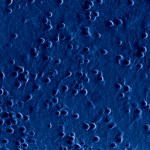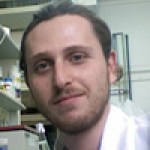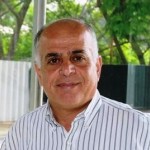scientific collaboration
Does the brain really operate like some kind of extra-complex computer, with logic gates and circuits made of the synapses that connect one neuron to another?
In 2009, we wrote:
In the future, the interface between brain and artificial system might be based on nerve cells grown for that purpose. In research that was recently featured on the cover of Nature Physics, Prof. Elisha Moses of the Physics of Complex Systems Department and his former research students Drs. Ofer Feinerman and Assaf Rotem have taken the first step in this direction by creating circuits and logic gates made of live…
Dr. Gabriele D'Uva is finishing up his postdoctoral research at the Weizmann Institute. Here is his account of three years of highly successful research on regenerating heart cells after injury. Among other things, it is the story of the way that different ideas from vastly different research areas can, over the dinner table or in casual conversation, provide the inspiration for outstanding research:
Three years ago, when I joined the lab of Prof. Eldad Tzahor, the emerging field of cardiac regeneration was totally obscure to me. My scientific track at that time was mainly focused on normal…
“Billions of dollars are being spent on weapons of mass destruction. A small fraction of that could go so far to engage more Israeli and Arab scientists in collaborative projects in order to create a critical mass that will bring about peace.” The speaker is Dr. Zafra Lerman, President of the Malta Conferences Foundation, which organizes conferences in nonaligned Malta for Israeli, Palestinian and Middle Eastern scientists. These bi-annual conferences, attended by researchers from Egypt to Saudi Arabia, focus such neutral topics as materials science, as well as common interests like water and…
Plaster from human dwellings or the signs of a long-abandoned animal enclosure? Tuesday's New York Times describes the collaboration between a chemist - structural biologist Prof. Steve Weiner, who is head of the Helen and Martin Kimmel Center for Archaeological Science at the Weizmann Institute - and American archaeologists. From China to the nearby site of biblical Gath, Weiner and his team have been applying the methods of advanced chemistry to solving riddles of the ancient world. (The answer, at least for the dig at Ashkelon, is fecal and decayed plant matter, meaning the apparent palace…


